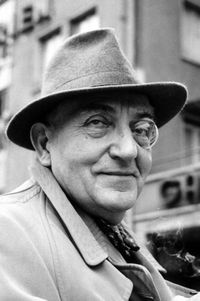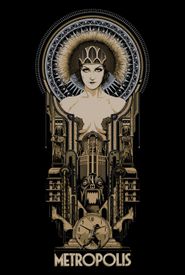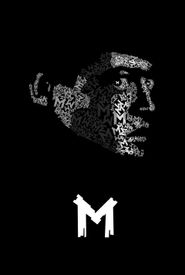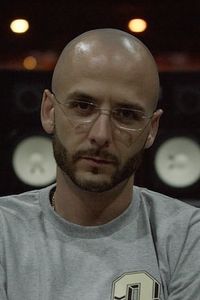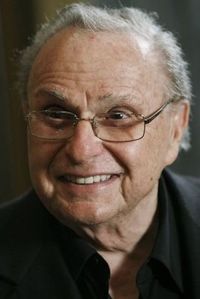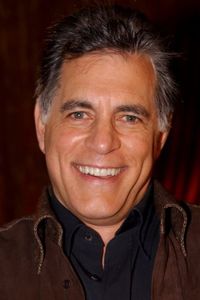Fritz Lang, a renowned Austrian-American filmmaker, was born in Vienna, Austria in 1890 to a family of modest means. His father, a construction company manager, instilled in Lang a strong work ethic, while his mother, Pauline Schlesinger, a Jewish convert to Catholicism, likely influenced Lang's artistic inclinations. After completing high school, Lang briefly attended the Technische Hochschule Wien and then pursued a career as a painter, traveling extensively throughout Europe, Asia, and North Africa. His artistic endeavors were cut short by the outbreak of World War I, during which Lang served in the Austrian army, suffering severe wounds that left him shell-shocked.
Following his convalescence, Lang found work as a writer and director in Berlin, where he collaborated with the influential producer Erich Pommer and later with the American filmmaker Seymour Nebenzal. It was during this period that Lang met and began a romantic relationship with actress and writer Thea von Harbou, with whom he would co-write the scripts for some of his most iconic films, including Dr. Mabuse, the Gambler, Die Nibelungen: Siegfried, Metropolis, and M.
Lang and von Harbou married in 1922 and remained together until their divorce in 1933. In the same year, Nazi propagandist Joseph Goebbels offered Lang the position of head of the German Cinema Institute, which Lang declined due to his Catholic background and anti-Nazi sentiments. Lang subsequently fled Germany, settling in Paris before eventually relocating to the United States in 1934.
In America, Lang directed numerous films over the next two decades, struggling to find work in the 1950s due to his reputation for being difficult to work with and his increasing reliance on his monocle, which had become a hallmark of his persona. Lang's personal life was marked by a series of relationships with women, including his close companion Lily Latte, who assisted him in various ways from the early 1930s until his death in 1976. Lang's later years were also marked by his declining eyesight, which forced him to rely on others for assistance. Despite these challenges, Lang remained an avid collector of primitive art and continued to work in the film industry until his passing.
